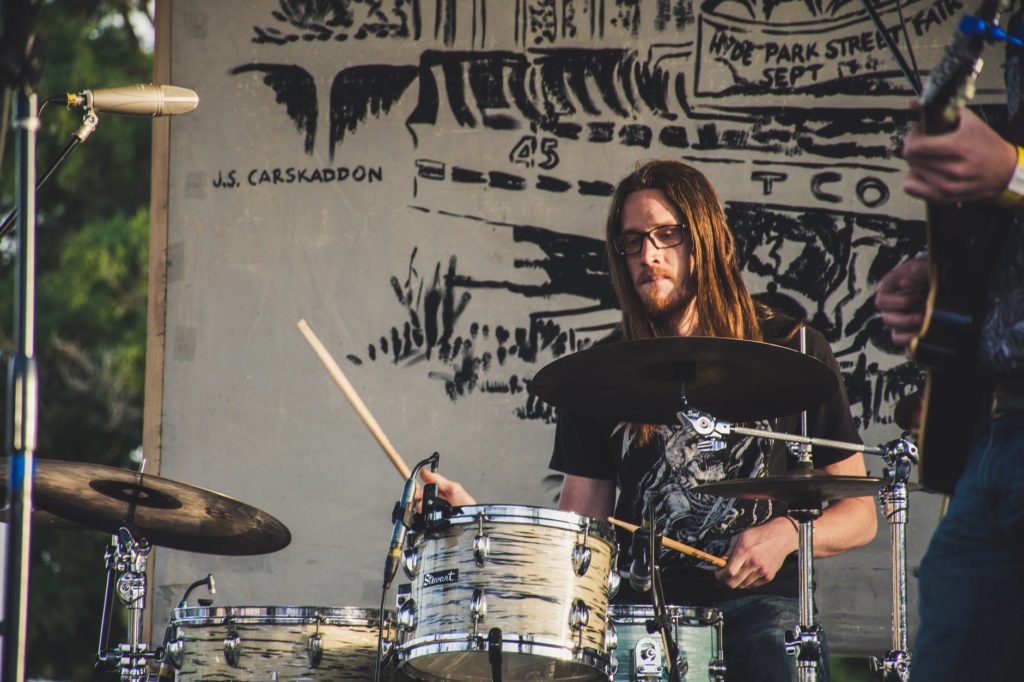Drumming essentials
Drumming is the art of playing percussion instruments, particularly drums and other percussion instruments. There are many different types of drums and percussion instruments, each with its own unique sound and playing techniques. Here are some key essentials to consider when learning to play the drums:
- Types of drums: There are many different types of drums, including snare drums, bass drums, tom-toms, and cymbals. Snare drums are a type of drum with a set of wire strands called snares stretched across the bottom head, which gives them a distinctive “buzzing” sound. Bass drums are large drums that are played with a pedal and are often used to provide the foundation for a piece of music. Tom-toms are smaller drums that come in a range of sizes and are played with sticks or brushes. Cymbals are metallic percussion instruments that are played with sticks or mallets and produce a loud, crashing sound.
- Drum sticks: Drum sticks are used to hit the drumheads and produce sound. There are many different types of drum sticks, including wooden sticks, nylon sticks, and metal sticks. Each type of stick has its own unique sound and feel, so it’s important to choose the right stick for the music you’re playing.
- Time signatures: Time signatures are a way of indicating the rhythm of a piece of music. The most common time signatures are 4/4, 3/4, and 6/8. In 4/4 time, there are four beats per measure, with each beat being a quarter note. In 3/4 time, there are three beats per measure, with each beat being a quarter note. In 6/8 time, there are six beats per measure, with each beat being an eighth note.
- Drumming techniques: There are many different techniques used in drumming, including rolls, flams, ruffs, and ghost notes. Rolls are a series of rapid, alternating strokes played on a drum or cymbal. Flams are two strokes played close together, with one stroke being slightly louder than the other. Ruffs are a series of strokes played on the snare drum, with the first stroke being slightly louder than the rest. Ghost notes are soft, subtle strokes played between the main beats of a piece of music.
- Drum set-up: The way that a drum set is set up can have a big impact on the sound and feel of the music. It’s important to consider the size and type of drums, the positioning of the drums and cymbals, and the height and angle of the drums.
- Practice: Like any instrument, the drums require consistent practice to improve your skills and develop your own style. It’s important to set aside dedicated time for practice and to work on specific skills and techniques.
With practice and dedication, anyone can learn to play the drums and become a skilled percussionist.

0 different types of rhythms with time signature examples
Here are 10 different types of rhythms with time signature examples:
- Simple rhythms: Simple rhythms are rhythms that are easy to follow and are made up of a consistent pattern of strong and weak beats. Examples of simple rhythms include marches (4/4 time) and waltzes (3/4 time).
- Complex rhythms: Complex rhythms are rhythms that are more difficult to follow and may include irregular or syncopated patterns. Examples of complex rhythms include jazz (4/4 time) and funk (4/4 time).
- Duple rhythms: Duple rhythms are rhythms that are divided into two beats per measure. Examples of duple rhythms include marches (2/4 time) and rock music (4/4 time).
- Triple rhythms: Triple rhythms are rhythms that are divided into three beats per measure. Examples of triple rhythms include waltzes (3/4 time) and polkas (2/4 time).
- Quadruple rhythms: Quadruple rhythms are rhythms that are divided into four beats per measure. Examples of quadruple rhythms include most pop and rock music (4/4 time).
- Syncopated rhythms: Syncopated rhythms are rhythms that emphasize the weak beats or offbeats, creating a feeling of tension and release. Examples of syncopated rhythms include reggae (4/4 time) and salsa (2/4 time).
- Polyrhythms: Polyrhythms are rhythms that involve multiple conflicting rhythms played simultaneously. Examples of polyrhythms include African and Latin American music (various time signatures).
- Odd meters: Odd meters are rhythms that have a meter that is not evenly divisible by two, such as 5/4 or 7/8. Examples of odd meters include some jazz and progressive rock music.
- Free rhythms: Free rhythms are rhythms that do not adhere to a strict meter and may change from measure to measure. Examples of free rhythms include some experimental and avant-garde music (various time signatures).
- Groove: A groove is a rhythmic pattern that is repeated over and over and creates a sense of forward momentum. Examples of grooves include funk (4/4 time) and electronic dance music (4/4 time).
These are just a few examples of the many different types of rhythms that are used in music. Rhythm is a fundamental element of music that adds excitement and energy to a piece of music and is an important aspect of many different musical styles.
